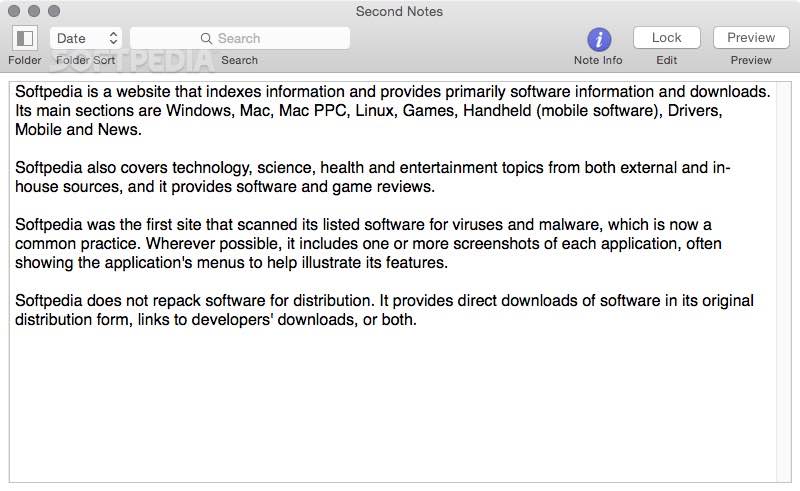

The first fret is D# (D Sharp), played with the index finger The D string is very similar to the A string. Going to the fourth fret gives us C# (C Sharp). We saw the B and C natural notes on the second and third frets, respectively.

You can use your pinky finger to play the G# note.Īs we move up the fingerboard on the A string, the first fret gives us A# (A Sharp). Up one more fret is the G# (G sharp) note. Slide one more fret up from the F# and we have the G note on the third fret. By moving up one more fret (to the second fret), we are now fingering the F# (F sharp) note. The first note we play going up the guitar neck is F natural on the first fret. On the low E (sixth string), you recall we played the E note on the open string. The notes on the finger board between natural notes are called sharp notes when you are ascending in a scale. The way you determine whether a note is sharp or flat is simple: which way are you coming from? If you are going up in pitch in the scale, the accidental notes on the guitar are "sharp." If you are descending in the scale (going down in pitch), the notes are "flat." Sharp Notes G, Gb, F, E, Eb, D, Db, C, B, Bb, A and Ab (with flat accidentals)

Just for the purpose of completeness, all twelve notes are as follows:Ī, A#, B, C, C#, D, D#, E, F, F#, G and G# (with sharp accidentals) Once we have these down and spend some time memorizing where they are on the fingerboard, it's pretty easy to figure out which notes are either sharp or flat - also referred to as 'accidental' notes.Īnother way to look at it: there are twelve notes on the guitar available to you in a scale - seven natural notes and five notes that fill the spaces between the natural notes. As we discussed in the last lesson for notes on the guitar, the natural notes are A, B, C, D, E, F and G.


 0 kommentar(er)
0 kommentar(er)
